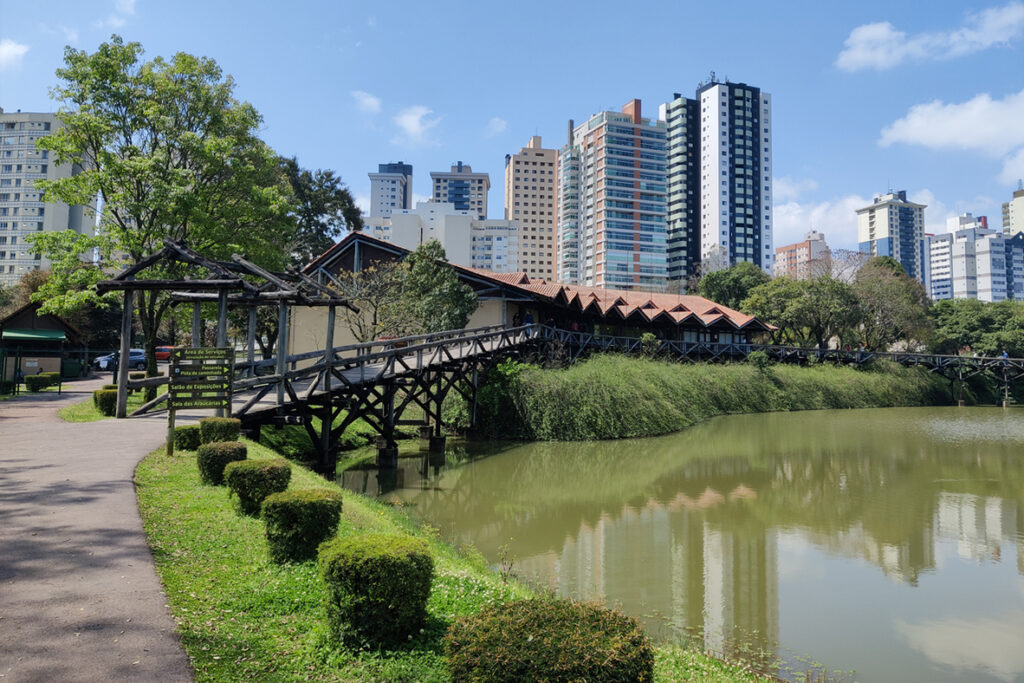
Dialogues with India
November 2024, Berlin, Germany
Day 3, Healthy
Healthy Day, main objective

Healthy Day’s main objective is to create a people-centric Project Profile with health equity strategies.
How does UrbanCare define a healthy city?
A healthy city embodies an ecosystem where all residents have affordable and physically accessible options across clinical, disease-preventive, and health-promoting environments essential to mental and physical health. This inclusivity encompasses the medical environment, where practitioner offices, pharmacies, clinics, and other health-related locations are crucial for addressing clinical needs and disease prevention, and three health-promoting environments:
- Active environments, such as parks, playgrounds, sports facilities, community gardens, and infrastructure for active travel, encourage physical activity for people of all ages and abilities.
- The food environment, featuring supermarkets, community markets, and urban farms, offers healthy eating options to support nutritious diets.
- Social environments, including family centers, libraries, and cafes, are essential for fostering community connections and building social cohesion.
Affordability and accessibility are critical to ensuring that these vital resources contribute to the well-being and vitality of the city, making it a truly healthy environment where all residents can thrive.
Healthy Day Schedule
Municipalities on Stage | 9:00 – 11:00
Healthcare accessibility in Indian cities is hindered by regional inequalities, socio-economic circumstances, infrastructure constraints, and cultural considerations. Despite 80% of healthcare infrastructure being situated in urban areas, many cannot afford it due to financial constraints, leading to limited access. Consequently, the urban poor population in India has the least access to healthcare, resulting in low nutritional and health outcomes, particularly among children. Additionally, less than 50% of individuals with disabilities seek treatment due to barriers such as inaccessible buildings, and high transportation costs, with less than 15% receiving adequate therapy.
Urbanization has reduced the availability of green spaces, disproportionately affecting socio-economic groups, especially the urban poor. Lifestyle diseases, driven by factors such as lack of physical activity and pollution, affect over 50% of the urban population. Furthermore, heat exposure and heat-related diseases cause thousands of deaths and cost millions annually. Transportation accidents strain healthcare resources, costing approximately 3-5% of Indian GDP every year.
By implementing Pedestrian Plans, cities mitigate physical damages from accidents and promote physical activity, ultimately leading to a reduction in healthcare expenses. The financial burden is particularly significant for cardiovascular disease patients, with each incurring expenses ranging from 2 to 3 lakhs. Integrating pedestrian-focused strategies into urban planning efforts represents a proactive approach to addressing healthcare accessibility challenges and enhancing public health in Indian cities.
Input Lectures | 11:30 – 13:30
- Evidence-Based Pedestrian Planning: Methods and Implementation Strategies that Improve Health, Green, and Bankable Outcomes
- Public Spaces for Health: Urban Strategies to Combat Lifestyle-Related Diseases and Ensure Sanitation and Virological Distancing for Infectious Disease Prevention
Field Study: Active Travel Cases | 13:30 – 15:30
The Active Travel field study happens in two neighborhoods of Prenzlauer Berg. It studies synergies between pedestrians, bikers, and public transportation users. We will look at street barriers to slower groups, such as children and older adults, from planning and design decision-making of bike lanes, public transportation stops, and street crossings.
Healthy Workshop | 16:00 – 18:30
Municipalities make groups to discuss and debate two Healthy issues.
Enhancing Urban Ecosystems through Pedestrian Infrastructure: Develop strategies to integrate pedestrian planning into urban projects, focusing on addressing street-level obstacles, restoring ecosystem services, and increasing public transportation ridership.
Maximizing the Potential of Public Spaces: Explore opportunities to leverage public spaces as key components of urban development for improving public health and well-being. Discuss evidence-based design principles that foster physical activities, reduce heat-related health risks, and enhance overall quality of life. Additionally, examine the economic benefits of investing in public spaces, such as increased property values and localized recreational opportunities, to stimulate local economies and promote community engagement.
Sector and related SDGs













